The latest generation of robotics is quietly revolutionizing thanks to soft robots. The surge in articles, experiments, and new creations is entirely exponential, as evident in our latest Soft Robots report that provides real figures.
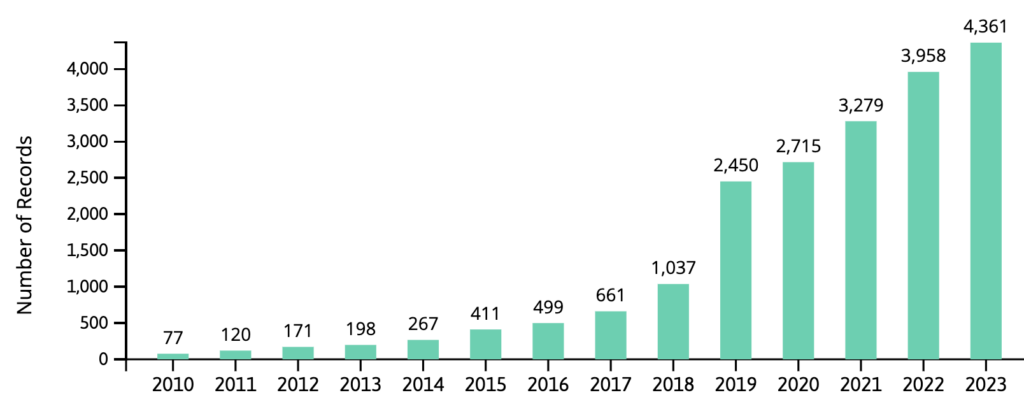
This type of robotics diverges from conventional machines in our traditional concept of robots. They are flexible and adaptable devices that are venturing into new fields such as medicine and space exploration, aiming to reshape how we interact with technology and the world.
But, you might be wondering, what are soft robots? Well, they are devices constructed with flexible materials and elastomers that enable them to move and deform in unusual and astonishing ways. Inspired by biological designs, many of them mimic the smoothness and flexibility of living organisms, like this “creepy” Tentacle Robot that emulates the movements of an octopus.
Medical Applications: Soft Robots, a Medical Revolution
In the medical realm, these devices can completely transform the landscape, streamlining processes for medical teams and minimizing invasive tests or enhancing precision in various operations. After being amply studied at the academic level, similar applications are gradually taking the market:
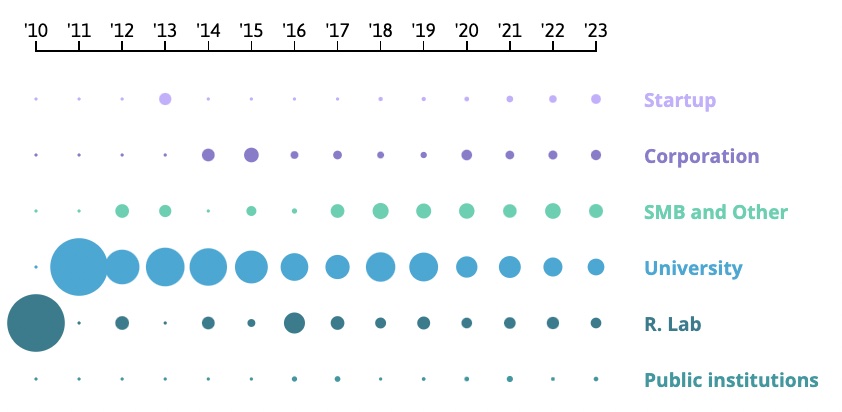
An example of soft robot applications in medicine is the work of two scientists of the Chinese University of Hong Kong, detailed in the journal Advanced Functional. Their robot, with a consistency akin to custard, behaves like a liquid when handled gently and like a solid when handled quickly. Composed of polyvinyl alcohol, borax, and neodymium magnet particles, this fluid adapts its viscosity to temperature and tension. Researchers foresee its potential in preventing digestive system damage, particularly for encapsulating or ingesting hazardous materials in the stomach or small intestine. Though still in the study phase, this device holds promising prospects in the field of medicine.
Soft Robots in Space Exploration
Undoubtedly, the development of this new technological wave has opened up possibilities for space exploration. Soft robots can adapt to different, unknown, and dangerous terrains for humans. Their adaptability and resistance to extreme conditions make them ideal candidates for future space missions. Chuck Sullivan and Jack Fitzpatrick from NASA’s Langley Research Center have developed soft robots from flexible rubber, intended to maneuver in challenging terrains, increase their range of motion, and reduce their size to fit the environment. These physical characteristics make the robot resilient to the environment, unlike traditional rigid robots, thus revolutionizing space exploration and the future construction of robots.
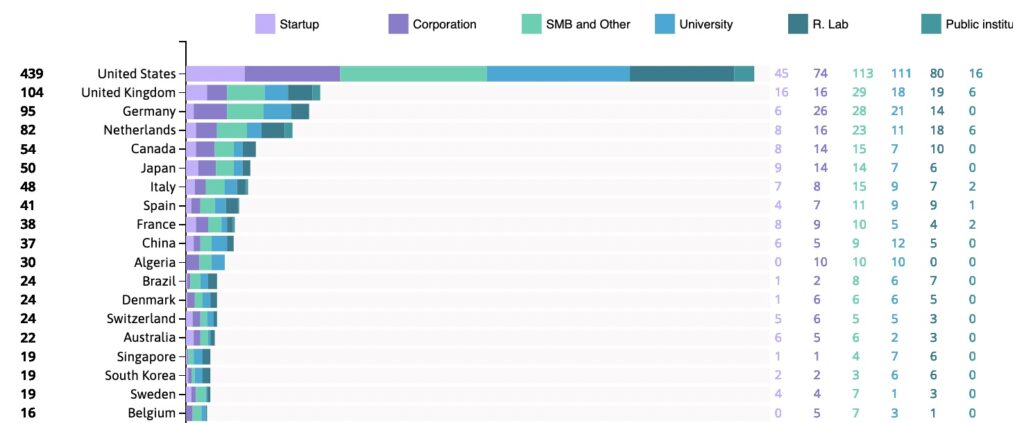
Soft Robotics as a Facilitator in the Industrial Scene
Soft robots are making their way into the industry, increasing their impact by offering advantages over traditional robots, such as safety, adaptability to the environment, and the ability to manipulate various objects. An example is mGripAI developed by Soft Robotics, an easily integrated automation package that combines various technologies, including ultra-fast 3D vision and artificial intelligence, with a patented and proven soft grip, rated IP69K. This unprecedented creation allows robots to automate bulk picking processes in meat/poultry, agricultural, and bakery industries, providing industrial robots with the hand-eye coordination of humans.
Soft Robotics: Eco-Pioneers in Action
In the realm of present and future technological applications, a pivotal focus lies in leveraging white robots to champion environmental preservation and tackle the pressing challenge of environmental sustainability head-on. Soft robots, characterized by their adeptness at navigating hard-to-reach surfaces and enhanced adaptability to diverse terrains, play a key role in this transformative landscape.
The Soft Mechatronics for Biorobotics Lab at Scuola Superiore Sant’Anna, led by Matteo Cianchetti, is working on various soft robot prototypes — including an octopus-like robotic gripper whose bio-inspired designs can facilitate the interaction with the environment in a gentle and efficient manner. For instance, the SoftGrip project, coordinated by Cianchetti himself, is studying the development of soft gripper for the harvesting of mushrooms.
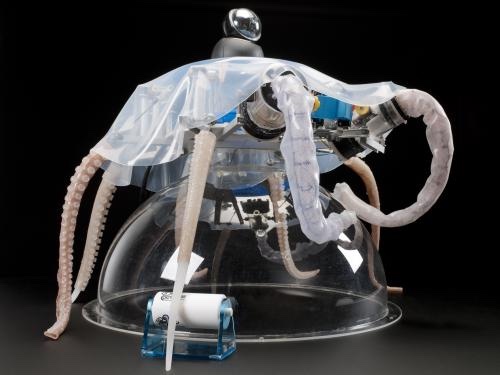
Meanwhile, Professor Katzschmann, a robotics expert at ETH Zurich, remains on an unwavering quest for technologies that allow high-standards marine and oceanic research without inflicting harm on the delicate ecosystems. His innovative contribution comes in the form of a soft robotic fish designed for close-proximity exploration of underwater life. Complete with a camera and operated remotely, this aquatic bot stands as a beacon of progress in the pursuit of harmonizing innovation with ecological responsibility. Similar advances allow us to envision a future where robots placed in the ocean are not disposable and do not contribute to ocean pollution.
Soft Robotics and Paleontology
Recent developments in the application of soft robotics in the study of the locomotion and biomechanics of ancient creatures have led to the first soft robot inspired by a fossil.
It is indeed common to ear about soft robots inspired by modern living organisms and their usefulness in a variety of sectors, but there’s less literature about softbotics inspired by old creatures. For the first time a group of researches from Carnegie Mellon University have developed a soft robot based on the fossil of an extinct animal: combining the principles of soft robotics and paleontology, they built a soft-robot replica (also called the “Rhombot”) of a pleurocystitid, an ancient sea creature that existed 450 million years ago.
This study has shown that soft robotics can potentially be used to “resurrect” extinct organisms to study their structure and mechanics, while opening up new possibilities in robotics at the same time.

Certainly, the implementation and development of soft robots are here to stay. Despite the numerous advantages they offer, these devices still face challenges such as long-term durability or control complexity. Current efforts are addressing these issues, paving the way for the continued development of soft robots, and public funding in the topic is raising as well – a sign of increasing interest in boosting R&D in the topic.
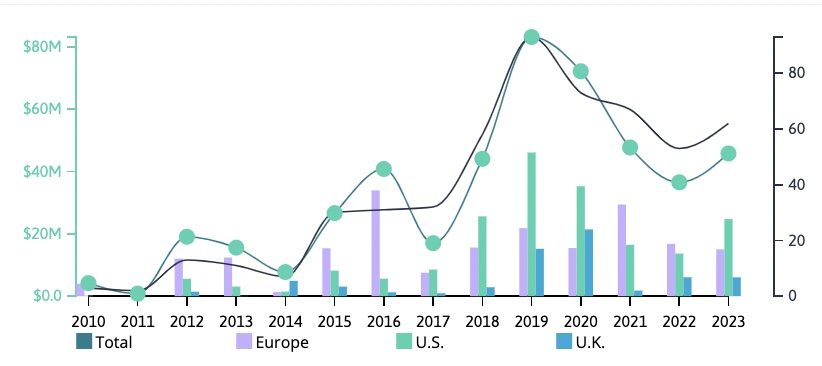
In summary, soft robots are symbolizing a revolution in robotics, taking flexibility, adaptation, and capability to a new level. Their applications span from medicine to space, breaking down barriers between the human world and technology, where artificial intelligence uniquely intertwines.





